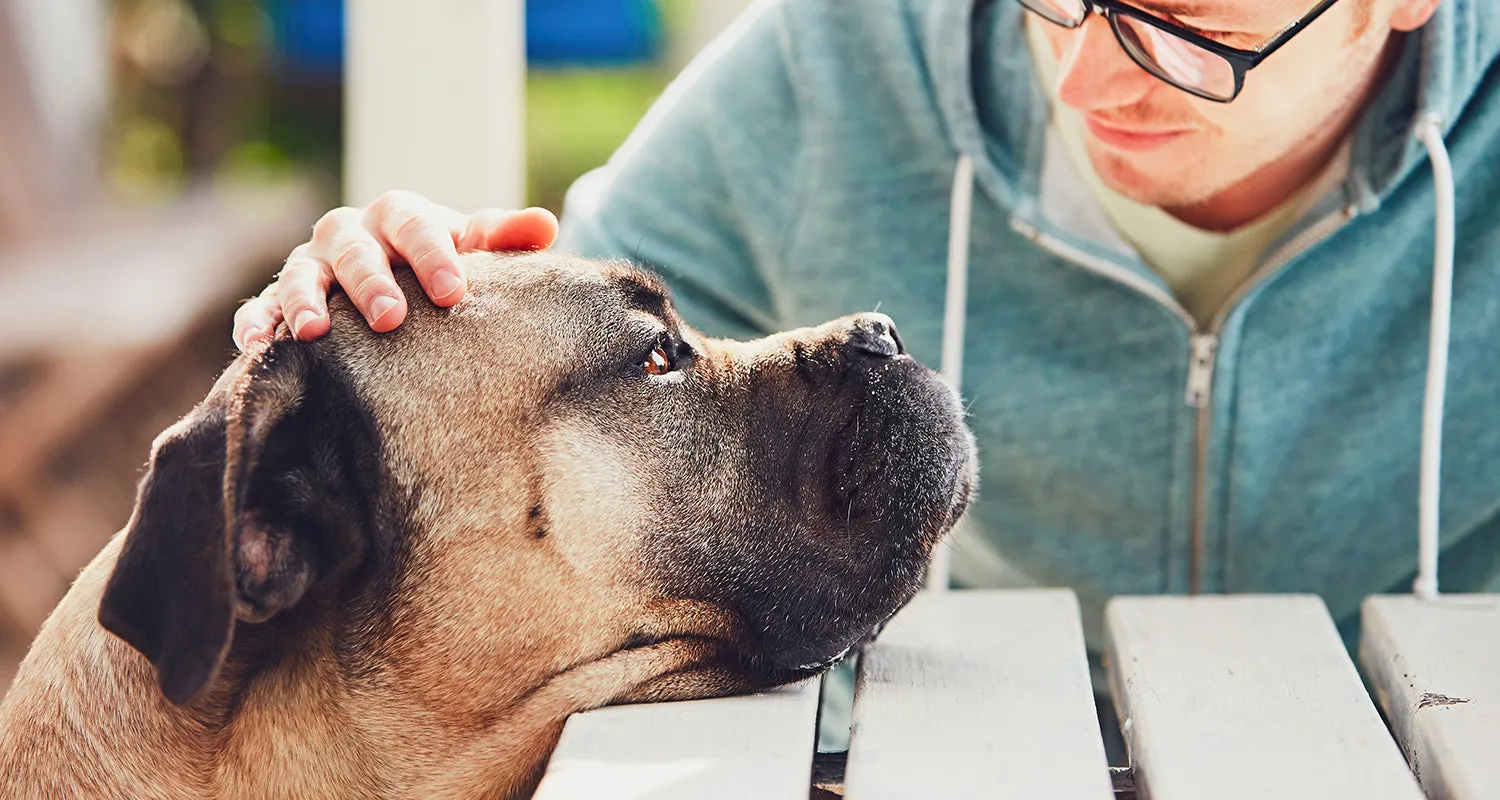Canine influenza, commonly known as dog flu, is a highly contagious respiratory infection that can significantly impact a dog’s health. While often mild, it can lead to serious complications, making effective Dog Flu Treatment and prevention strategies essential for every pet owner. This guide provides an in-depth look at identifying symptoms, understanding diagnostic processes, and navigating the best course of action for treatment, ensuring your beloved companion receives the care they need to recover fully.
Understanding Canine Influenza
Canine influenza is a specific type of upper respiratory infection caused by distinct influenza viruses, primarily H3N8 and H3N2. Unlike seasonal human flu, dog flu can occur year-round. It’s crucial for dog owners to understand its nature to protect their pets.
The Canine Influenza Virus: Strains and Transmission
Two main strains of the canine influenza virus, CIV H3N8 and H3N2, are responsible for outbreaks. These viruses are remarkably contagious, spreading rapidly among dogs due to their lack of natural immunity. Transmission occurs through close contact with infected dogs, sharing contaminated items like food bowls and toys, and airborne droplets from coughing, sneezing, or even barking. Virtually all dogs exposed to the virus will become infected, highlighting the importance of understanding its spread and timely dog flu treatment. While discussing general canine health and preventing various ailments, ensuring your dog is protected from external parasites is also crucial. Consider exploring options for best flea and tick medicine for dogs and cats to maintain their overall well-being.
Is Dog Flu Zoonotic?
A common concern among pet owners is whether canine influenza can spread to humans. Fortunately, current evidence indicates that neither strain of canine influenza virus is zoonotic, meaning it cannot be transmitted from dogs to people. However, humans can inadvertently act as carriers, transferring the virus on their hands, clothing, or other surfaces to uninfected dogs after interacting with an infected animal. This underscores the importance of strict hygiene, especially when handling multiple dogs.
Recognizing Dog Flu Symptoms
Identifying the signs of dog flu early is vital for prompt veterinary intervention and effective dog flu treatment. The symptoms often resemble a common cold or other respiratory infections, making careful observation key.
 Boxer dog showing signs of illness, potentially canine influenza, with a worried expression
Boxer dog showing signs of illness, potentially canine influenza, with a worried expression
Common Symptoms
Watch for these key indicators that your dog might be suffering from canine influenza:
- Persistent Cough: A hallmark symptom is a wet (productive) cough that typically lasts for 10 to 21 days, even with initial treatment attempts.
- Fever: An elevated body temperature is a common sign of infection.
- Sneezing: Frequent sneezing, often accompanied by nasal discharge.
- Lethargy: A noticeable decrease in energy levels and a general lack of enthusiasm.
- Nasal and Ocular Discharge: Green or yellow discharge around the nose and eyes, indicating a potential infection.
- Labored Breathing: Difficulty breathing or increased respiratory effort.
- Decreased Appetite: A loss of interest in food and water.
When Symptoms Mimic Other Conditions
It’s important to note that dog flu symptoms are non-specific and can closely resemble those of other serious canine viral infections, such as canine distemper, adenovirus type 2, canine coronavirus, and even bacterial infections like Kennel Cough (often caused by Bordetella bronchiseptica). Because these conditions can range from mild to life-threatening, prompt veterinary consultation is always recommended if your dog exhibits any respiratory symptoms. A vet can differentiate between these conditions and prescribe the appropriate dog flu treatment or other necessary interventions. For comprehensive care, remember that managing common canine health issues like diarrhea may sometimes require prescription medication. Learn more about dog anti diarrhea medication prescription if your dog experiences digestive upset.
Diagnosing Dog Flu: The Vet’s Role
Due to the general nature of its symptoms, canine influenza cannot be diagnosed by observation alone. A veterinarian’s expertise is crucial for an accurate diagnosis and to initiate appropriate dog flu treatment.
To confirm the presence of the influenza virus, your vet will need to perform specific diagnostic tests. These typically involve collecting samples, such as nasal swabs or blood, to detect viral antigens, antibodies, or genetic material. Early and accurate diagnosis helps prevent unnecessary anxiety and ensures that your dog receives targeted care, rather than general symptomatic treatment that might not be effective for dog flu.
Comprehensive Dog Flu Treatment Approaches
Currently, there are no specific antiviral medications approved solely for treating canine influenza. The primary goal of dog flu treatment is supportive care, managing symptoms, preventing secondary infections, and allowing your dog’s immune system to fight off the virus.
Veterinary Medical Treatments
Your veterinarian will tailor a treatment plan based on your dog’s specific symptoms and overall health:
- Nonsteroidal Anti-Inflammatory Drugs (NSAIDs): These medications may be prescribed to help reduce fever, alleviate inflammation in the nasal passages and throat, and improve comfort.
- Antibiotics: If your dog develops a secondary bacterial infection—a common complication when the immune system is weakened by a viral illness—antibiotics will be prescribed to clear this infection. It’s crucial to complete the entire course of antibiotics as directed by your vet.
- Supportive Care: For more severe cases, or dogs that are not eating or drinking adequately, hospitalization might be necessary. This can include intravenous (IV) fluids to prevent dehydration, nutritional support (potentially a feeding tube if appetite is severely impacted), and oxygen therapy if breathing difficulties are significant.
- Inhaled Therapy: In some instances, nebulization with saline or specific medications may be recommended to help loosen respiratory secretions and ease breathing.
Essential Home Care for Dogs with Flu
In addition to prescribed medical treatments, there are several supportive measures you can take at home to aid your dog’s recovery from the flu:
- Provide Soft, Appealing Foods: Canine influenza can reduce your dog’s appetite. Offer soft, easily digestible foods, and try warming them slightly to enhance their aroma and make them more enticing.
- Ensure Constant Hydration: Keeping your dog well-hydrated is critical for recovery. Always have fresh water readily available and encourage frequent drinking. You might also offer diluted chicken broth to stimulate fluid intake.
- Create a Comfortable Resting Spot: A warm, quiet, and comfortable place to rest is essential. Minimize stressors and allow your dog ample time to sleep and recover without disturbance.
- Maintain Facial Hygiene: Gently wipe away any discharge from your dog’s nose and eyes using a warm, damp washcloth. This helps keep airways clear and prevents skin irritation. Regular preventative care, such as heartworm medicine for dogs, also contributes to overall health and quicker recovery from illnesses.
 Comfortable dog recovering from flu on a couch, receiving essential home care
Comfortable dog recovering from flu on a couch, receiving essential home care
Recovery Timeline and Potential Complications
Most dogs affected by canine influenza develop a mild form of the disease and make a full recovery within two to three weeks with proper care. However, certain factors can influence the recovery period and increase the risk of complications. For instance, brachycephalic breeds (dogs with shorter snouts like Pugs and French Bulldogs) often face greater challenges in overcoming the flu due to their unique respiratory anatomy, which can make breathing more difficult.
Furthermore, some dogs may develop serious secondary bacterial infections, most notably pneumonia, which can be life-threatening. Puppies, older dogs, and dogs with compromised immune systems are at the highest risk for developing these severe complications. Continuous monitoring and prompt veterinary attention are crucial for these vulnerable populations. Even for routine parasite control, tailored solutions are important; for instance, finding the best flea and tick treatment for small dogs ensures they get appropriate dosage and formulation.
Preventing Dog Flu: Proactive Measures
Given the highly contagious nature of canine influenza, implementing preventative measures is paramount to protecting your dog and the wider canine community.
- Vaccinate Your Dog: Vaccination is one of the most effective ways to prevent dog flu. Discuss vaccine options with your veterinarian during routine check-ups, especially if your dog frequents dog parks, kennels, or grooming facilities where exposure risk is higher.
- Practice Good Hygiene: Although humans cannot contract dog flu, they can transfer the virus. Always wash your hands thoroughly with soap and water after petting or interacting with other dogs, particularly those showing signs of illness.
- Isolate Symptomatic Dogs: If your dog displays flu-like symptoms, it is crucial to keep them isolated from other dogs. This prevents further spread of the virus until they are completely symptom-free, typically for at least 21 days after the onset of symptoms or until cleared by a veterinarian. Remember that comprehensive parasite control, including flea tick and lice treatment for dogs, is another vital aspect of preventative health care.
Conclusion
Canine influenza, while concerning, is manageable with the right knowledge and proactive steps. Understanding the symptoms, seeking timely veterinary diagnosis, and adhering to recommended dog flu treatment protocols are critical for your dog’s recovery. Furthermore, preventative measures such as vaccination and good hygiene play a significant role in reducing the spread of this contagious virus. Always prioritize your dog’s health by consulting your veterinarian if you suspect they may have dog flu, ensuring they receive the best possible care to return to their happy, healthy selves.
